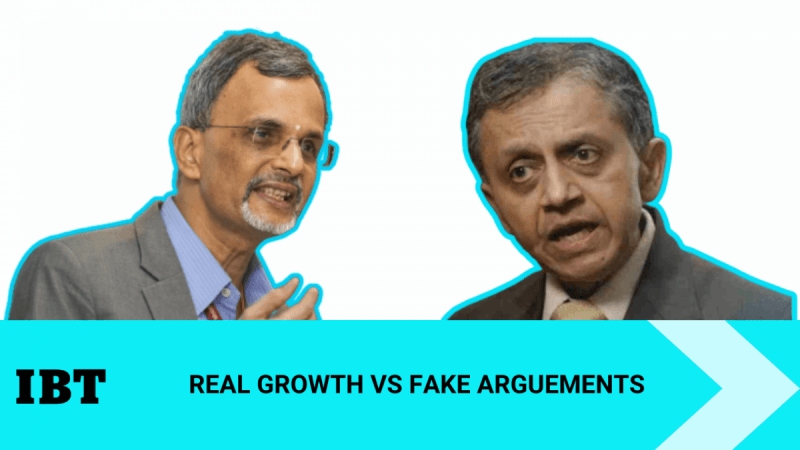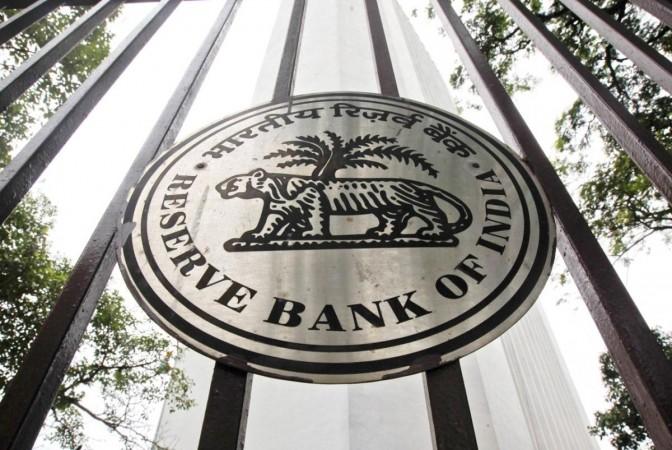Amid debates over India's economic performance, economist Ashoka Mody, a Princeton University professor, raised concerns regarding the country's official GDP growth rate for the first quarter of the financial year 2023-'24. Mody contended that the National Statistical Office (NSO) is utilizing selective data, which, when examined more comprehensively, yields a significantly lower GDP growth rate than the one announced by the government. In response to that, India's Chief Economic Advisor V. Anantha Nageswaran strongly refuted the claims made by the economist, while asserting that the government's method for calculating GDP has remained consistent over time.
In an op-ed, co-authored by Senior Economic Advisor Rajiv Mishra, Nageswaran noted that some commentators remain adamant that they would not let evidence interfere with prior positions. With that, he pointed to Mody's article "India's fake growth story" published by Project Syndicate.
Nageswaran explained that India's data systems are designed to facilitate estimates based on income numbers, even when they do not surpass expenditure figures. He cited the example of the severe GDP contraction in the first quarter of the 2020-'21 financial year due to the COVID-19 pandemic, which faced no credibility challenges despite its historic nature.

Nageswaran also noted that the discrepancy between income and expenditure figures has ranged from 6.4% to -4.8% since 2011-'12, and the latest quarter's discrepancy falls within this range.
He also pointed at when the statistical authorities reported a GDP contraction of around 25% in the first quarter of 2020-21"...There was nary a murmur on the credibility of Indian statistics because it had reported one of the severest contractions in the history of Indian GDP data," Nageswaran wrote in the Mint. "That data suited naysayers, and hence it was 'credible'."
Mody's central argument revolves around the NSO's focus on domestic income estimates while neglecting expenditure figures in its GDP calculations. He posits that the two numbers should ideally align since producers can only earn income when others purchase their goods and services. While acknowledging that national accounts are based on imperfect data worldwide, Mody contends that the proper approach involves considering both income and expenditure as imperfect macroeconomic aggregates. Several countries, including Australia, Germany, and the United Kingdom, adopt this approach, while the United States combines expenditure and income data due to significant discrepancies between the two.

In conclusion, Nageswaran pointed out that the economic landscape of India witnessed significant hurdles stemming from balance sheet challenges within the corporate and financial sectors over the past decade. However, this chapter has now been relegated to history. The banking sector has resumed lending activities, with credit growth registering in the double digits, and companies are displaying renewed enthusiasm for investment initiatives. India's adept handling of the COVID-19 pandemic stands as a testament to its resilience. The approach has prioritized targeted relief measures and emphasized public capital expenditure over excessive fiscal and monetary stimulus. This strategy has laid the groundwork for economic stability, upon which sustained growth and improved living standards are poised to thrive in the forthcoming years.

















